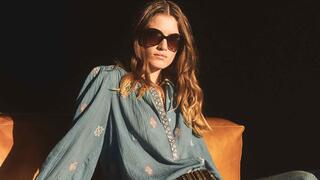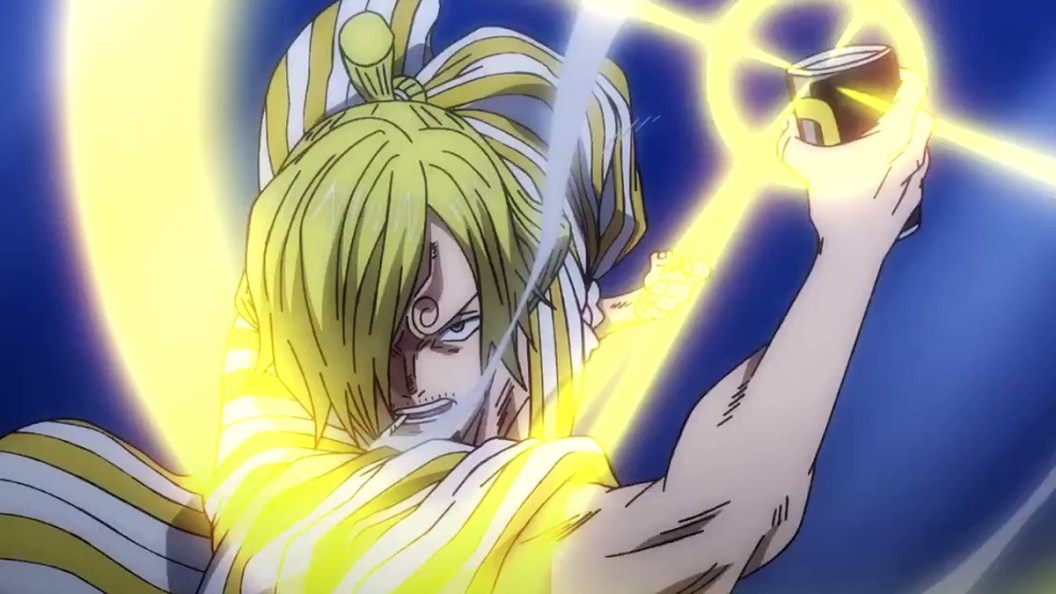Born in the late 19th century as a humble garment for Russian peasants, the rubashka—a traditional Russian shirt—has traveled a long and fascinating road to become a global fashion staple. Here in Israel, under the strong Mediterranean sun and within a multicultural society, this garment has transformed into a symbol of nostalgia and effortless elegance. 3 View gallery ( Photo: GPO ) Over the past century, the rubashka settled alongside other Eastern European embroidered shirts, such as the Romanian ie and the Ukrainian vyshyvanka, which made their way to Israel in the late 19th and early 20th centuries.
Today, the loose, folkloric style is making a comeback in women's wardrobes, thanks to the romantic bohemian aesthetic celebrated by designers like Isabel Marant and Chloé’s Chamina Kamali. From tradition to Israeli icon Long before it graced the runways of Paris, the Eastern European-Russian embroidered shirt was a status symbol in the kibbutzim and immigrant settlements of early Israel. It was a staple of everyday attire, worn by women (and men, particularly the rubashka), especially among immigrants from Eastern Europe.

Iconic figures such as Chana Rovina, Ofira Navon, and Shoshana Damari were frequently photographed wearing local versions of the shirt. With its loose fit, closed collar, and delicate embroidery, the shirt managed to convey both modesty and elegance—a combination that resonated deeply with many Israeli women. Embroidery as a cultural language The embroidered shirt is more than just a garment; it’s a source of cultural pride.
The intricate cross-stitch patterns often incorporate local symbols and geometric designs that convey messages of fertility, love, protection, and nature. Even the traditional colors—red and black on a white background—carry symbolic meanings, with red representing life and energy, and black symbolizing fertile soil. Each region in Eastern Europe has its own distinct embroidery style, and often the origin of a shirt can be identified by its pattern.
3 View gallery 1930s Romania ( Photo: Keystone/Getty Images ) From folk art to fashion renaissance In the 1970s and 1980s, embroidered shirts experienced a resurgence, embraced as part of the hippie and bohemian aesthetic. They became symbols of freedom and authenticity. Over the past few years, these shirts have undergone yet another revival, appearing regularly in the collections of fashion designers and retail brands.
Get the Ynetnews app on your smartphone: Google Play : https://bit.ly/4eJ37pE | Apple App Store : https://bit.ly/3ZL7iNv While modern design interpretations often simplify traditional features, making it harder to identify the origins of specific styles, the essence of Eastern European embroidery remains intact.
What continues to distinguish these shirts is their unique combination of functionality and beauty. Often crafted from 100% breathable cotton, with loose, flowing cuts that are not body-fitting, they remain practical yet elegant. A whisper of tradition Beyond their aesthetic appeal, embroidered shirts carry a sense of tradition and folklore—a nostalgic connection to the past.
The hand-stitched embellishments add a layer of uniqueness that mass production cannot replicate, even though many modern designs are now machine-made in industrial factories. This blend of practicality, beauty, and heritage ensures the enduring charm of these timeless garments. 3 View gallery ( Photo: GPO ) From $33 to $880, embroidered shirts can now be found in boutiques and fashion chains, proving that this once-humble piece of clothing continues to inspire and captivate, bridging the gap between tradition and contemporary style.
>.
Entertainment

Nostalgia meets style: The timeless elegance of the embroidered shirt

Born as a peasant garment in 19th-century Russia, the embroidered shirt has traveled from folklore to fashion runways; Combining beauty, functionality, and tradition, it remains a timeless piece, now making a stylish comeback in modern wardrobes















